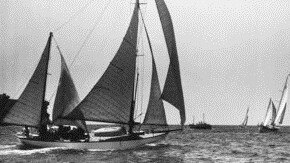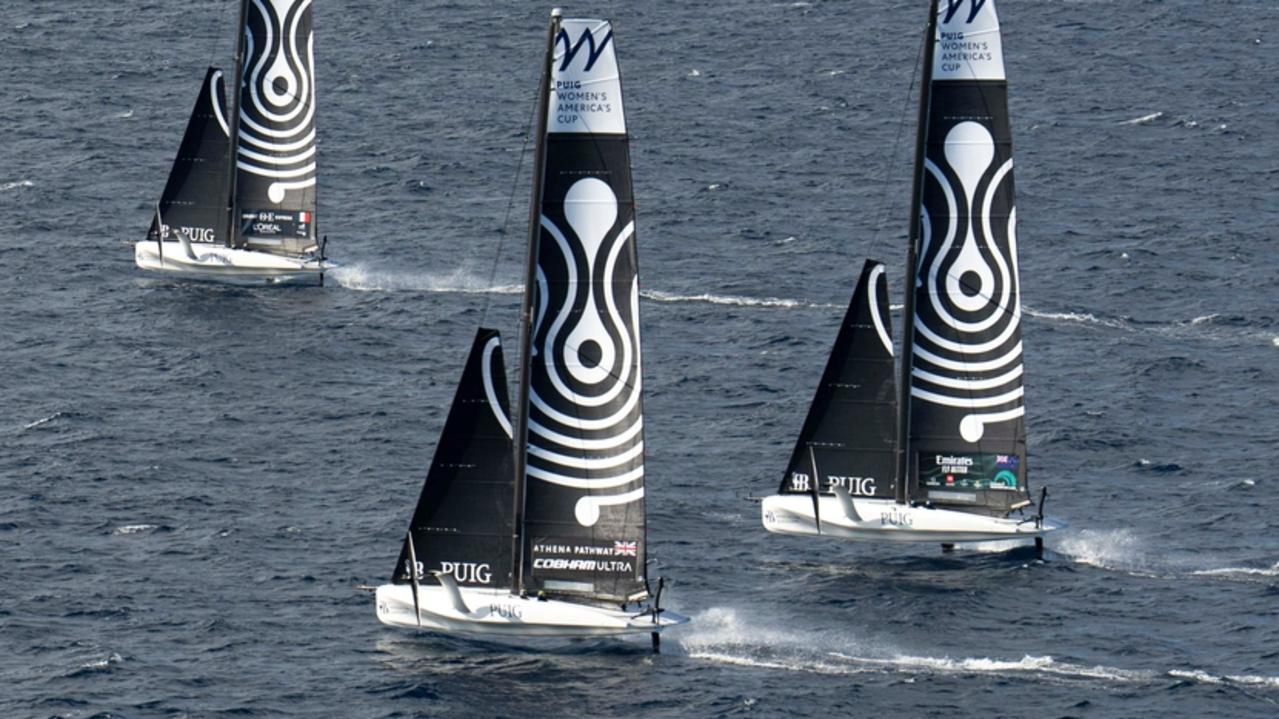Sydney-Hobart: Humble beginnings for an ocean classic
Five days after nine yachts departed from Sydney on Boxing Day in 1945, Rani could not be located and was presumed missing.

Five days after nine yachts departed from Sydney on Boxing Day in 1945, Rani could not be located and was presumed missing.
A strong southeasterly gale caused chaos for the tiny fleet battling down the east coast in the inaugural Sydney to Hobart. One yacht retired, while several others were forced to take shelter as they headed down the NSW south coast. Another, the now famous Wayfarer, even dropped anchor and the crew headed to shore to enjoy a meal before continuing the race. Once the weather eased, the RAAF dispatched patrol planes to spot the yachts.
Yet the 10.67 metre Rani couldn’t be found. It was widely assumed the crew had drowned.
Rani’s skipper John Illingworth had been integral to the formation of the first Sydney-Hobart. Initially touted as a pleasant cruise to Hobart among three friends, the group extended an invitation to Illingworth — a respected English ocean racer and former officer in the Royal Navy — to join the fleet.
“I will, if you make a race of it,” Illingworth replied.
His legacy remains to this day.
The 2019 Rolex Sydney-Hobart will involve 157 yachts, including five 100-foot supermaxis that will battle it out for line honours. However, the prize every yacht in the fleet will be chasing is the handicap victory — which matches the smallest boat against the big boys.

Peter Shipway, a veteran of 31 Sydney to Hobarts, crewing in two overall victories and five line honours winners, said that the biggest difference between 1945 and today was safety.
“There were no lifelines, no rafts, little or no attention paid to safety … it was just seamanship that got the boats through,” Shipway said. “In 1945, most boats had dinghies strapped to their deck which would not have done any good to anyone in the middle of the Bass Strait.”
Remarkably, nobody had been lost overboard until the storm of 1998 tragically claimed six lives.
“There were no radios, no safety, it was just push off at Sydney and do your best,” he said.
As 1945 drew to a close, Rani was spotted off Tasman Island, days ahead of the other crews. Illingworth and his crew doggedly battled through the tough conditions finishing in 6 days, 14 hours and 22 minutes.
The story of Rani has become legendary, and Shipway speaks in awe of the dedication and skill of Illingworth, who won both the handicap and line honours, a feat that took 27 years to be replicated and has only happened seven times in the competition’s history.
“Illingworth plugged on in the gale and if you read the paper from those days they said ‘boat lost’ and ‘crew feared drowned’,” Shipway said.
“He (Illingworth) asked a boat when he got to the Derwent River in Tasmania how many boats had finished ahead of him? They all laughed at him. He thought he was coming last, but he was in fact first,” Shipway said. “It was a remarkable performance.”
At the other end of the race, Wayfarer embodied the cruising mentality initially proposed. The crew arrived in Hobart on January 6, 1946 — 11 days, 6 hours and 20 minutes after they’d departed. The slowest journey to this day.


